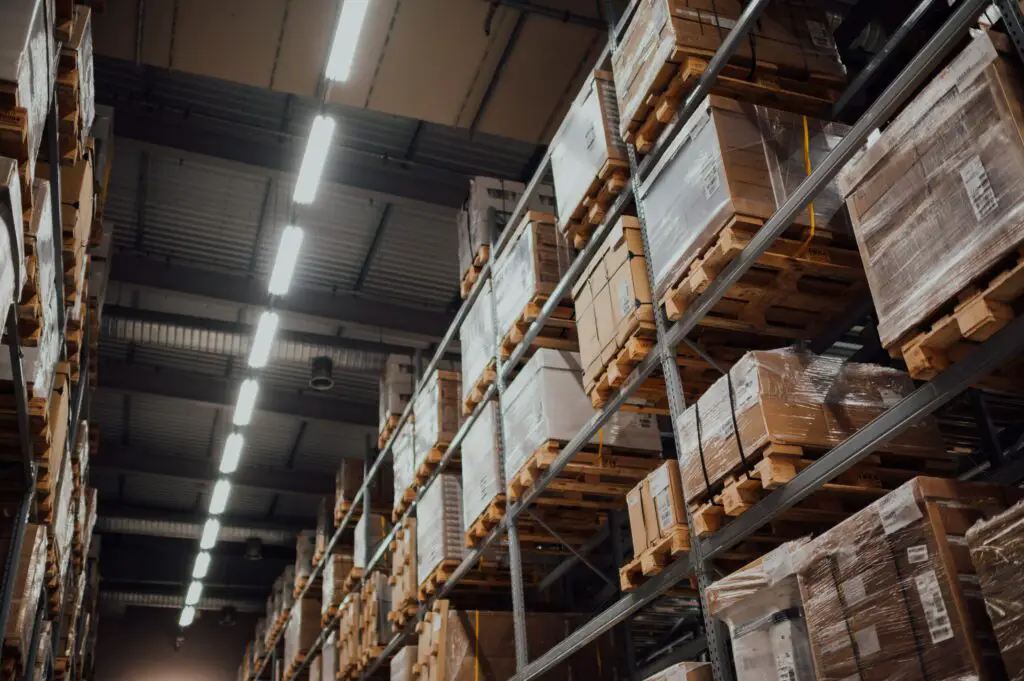Understanding Buffer Stock:
A Crucial Guide for Manufacturing Businesses
The Essence of Buffer Stock
In the heartbeat of manufacturing lies the enigmatic concept of buffer stock. It’s not just a collection of surplus goods tucked away in a warehouse; it’s the strategic safety net that fortifies a company against the caprices of demand and supply. A symphony of inventory management, it dances between the notes of overstocking and stockouts, orchestrating a delicate balance that ensures operational harmony.

What is Buffer Stock?
Picture it as the cushioning layer between demand and supply. It’s the surplus inventory a company maintains to counteract uncertainties – be it sudden spikes in demand or unforeseen disruptions in the supply chain. This reservoir of goods acts as a shield against the tumultuous tides of market unpredictability, offering a safety valve to alleviate the consequences of unforeseen events. It’s not about excess, but about preparedness, ensuring a business remains resilient in the face of volatility.
Importance of Buffer Stock
The heartbeat of efficient operations throbs within the realm of buffer stock. It’s the guardian angel against stockouts, those dreaded moments when demand eclipses supply, leaving customers disgruntled and profits dangling by a thread. Maintaining this surplus not only safeguards against such perils but also fuels customer satisfaction, providing a safety net that ensures products are readily available when sought. It’s the beacon of reliability amidst the stormy seas of market unpredictability, fostering trust and loyalty among clientele.
Optimizing Buffer Stock Levels
It’s a delicate balancing act – maintaining enough buffer stock to weather the storm without drowning in excess. Accurate forecasting, meticulous analysis of demand patterns, and a keen eye on market trends form the bedrock of optimizing buffer stock levels. Embracing technology, harnessing data analytics, and fine-tuning inventory management systems become the tools in sculpting this delicate equilibrium. The goal? To strike the perfect equilibrium where surplus meets necessity without tipping the scales into wastefulness.
Challenges in Managing Buffer Stock
Managing this safety net isn’t without its challenges. Balancing the fine line between surplus and excess demands a meticulous hand. Overestimating demand leads to bloated warehouses, tying up capital in unnecessary inventory. Conversely, underestimating leaves the business vulnerable to stockouts, damaging customer relations and potentially tarnishing the brand. It’s a tightrope walk where the cost of failure can be steep, necessitating a judicious approach to forecasting and resource allocation.
Strategies for Effective Buffer Stock Management
Precision is the name of the game. Leveraging Just-in-Time (JIT) principles, adopting agile inventory management systems, and fostering robust supplier relationships are pivotal in effective buffer stock management. Embracing lean methodologies, implementing demand-driven strategies, and flexing the muscles of adaptive supply chains bolster the resilience of buffer stocks, ensuring they remain agile and responsive to the ever-shifting dynamics of the market.
The Bottom Line
Buffer stock isn’t just a stash of goods tucked away; it’s the lifeline that sustains manufacturing operations through the ebb and flow of market uncertainties. Understanding its nuances, embracing its essence, and mastering the art of balancing surplus without excess define the prowess of a business navigating the intricate dance of supply and demand.
